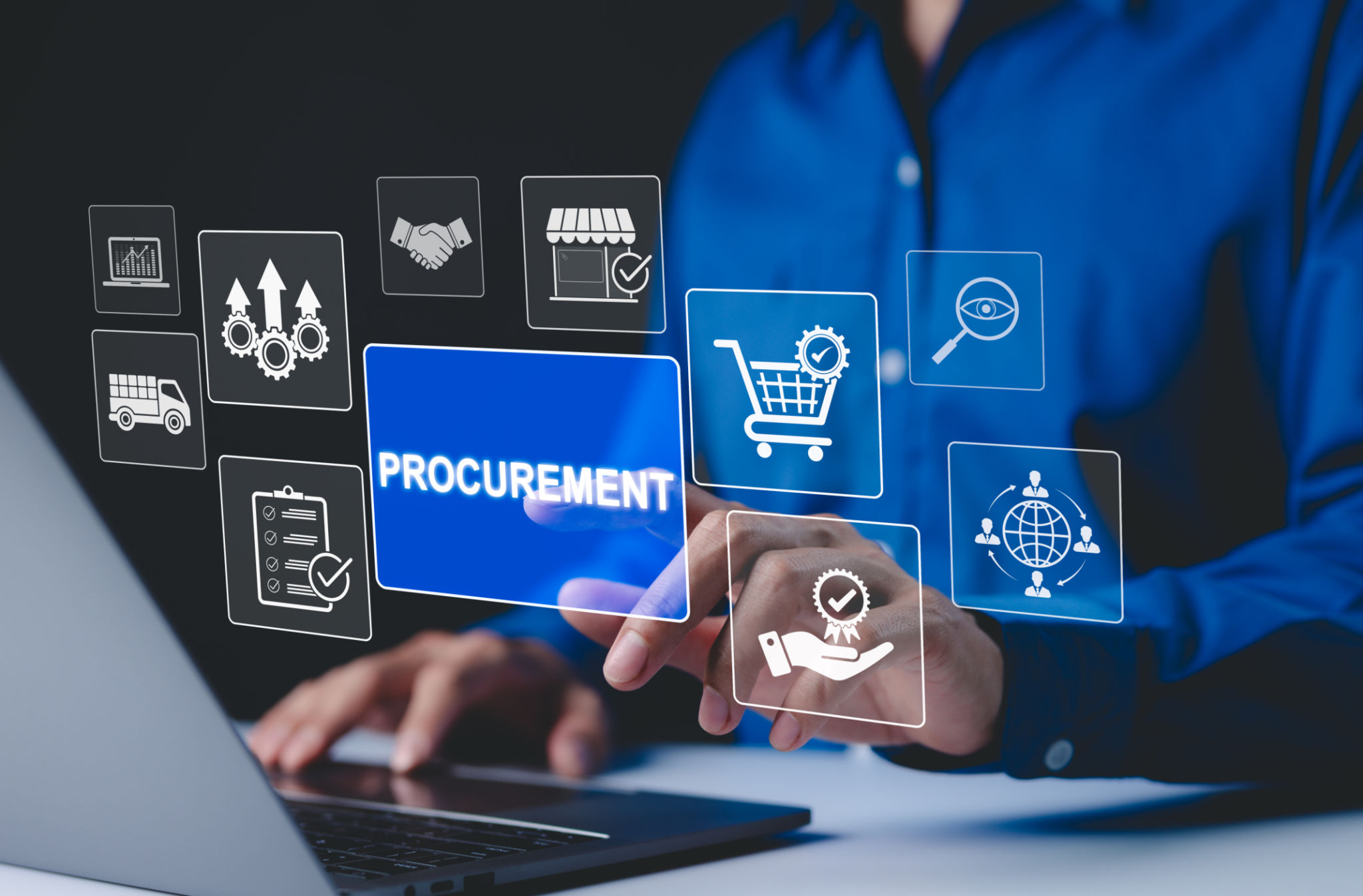Streamlining Procurement: A Guide to Smarter Purchasing Decisions
Understanding the Importance of Streamlined Procurement
In today's fast-paced business environment, the ability to make smarter purchasing decisions can significantly impact a company's bottom line. Streamlined procurement processes not only reduce costs but also improve efficiency and foster better relationships with suppliers. By focusing on these aspects, businesses can enhance their competitiveness and agility in the market.
Effective procurement involves a strategic approach to acquisition. It requires a deep understanding of market trends, supplier capabilities, and internal needs. Streamlining these processes can unlock numerous benefits, including reduced lead times and increased operational efficiency.

Key Elements of a Streamlined Procurement Process
Centralized Procurement System
A centralized procurement system is crucial for achieving consistency and transparency in purchasing decisions. By consolidating procurement activities, businesses can gain better control over their spending, reduce redundancies, and ensure compliance with company policies. This centralized approach also facilitates easier tracking and reporting of procurement activities.
Leveraging Technology
Technology plays a pivotal role in modernizing procurement processes. Implementing procurement software solutions can automate routine tasks, such as order processing and supplier management, thus saving valuable time and resources. These tools often provide analytical insights, helping businesses make data-driven decisions to optimize their purchasing strategies.

Building Strong Supplier Relationships
Negotiation and Partnerships
Effective negotiation is at the heart of successful procurement. Developing strong partnerships with suppliers can lead to better terms, improved service levels, and more reliable supply chains. It's essential to foster open communication and collaboration with suppliers to build trust and achieve mutually beneficial outcomes.
Evaluating Supplier Performance
Regularly assessing supplier performance is vital for maintaining quality and efficiency in the procurement process. Businesses should establish clear criteria for evaluation, such as delivery times, product quality, and responsiveness. By monitoring these metrics, companies can identify areas for improvement and ensure that suppliers meet their standards consistently.

Implementing Cost-Effective Strategies
Bulk Purchasing and Discounts
One effective strategy for reducing procurement costs is bulk purchasing. By ordering larger quantities, businesses can often negotiate discounts with suppliers, leading to significant savings. However, it's important to balance bulk purchasing with inventory management to avoid excess stock and associated holding costs.
Long-term Contracts
Establishing long-term contracts with suppliers can also lead to cost savings. These agreements often come with favorable terms and stability in pricing, protecting businesses from market fluctuations. Long-term contracts can also strengthen supplier relationships by demonstrating commitment and trust.

Continuous Improvement in Procurement
Streamlining procurement is not a one-time effort but a continuous process of improvement. Regularly reviewing procurement strategies and adapting to changing market conditions is essential for sustained success. Encouraging feedback from procurement teams and stakeholders can provide valuable insights for refining processes and achieving greater efficiency.
Ultimately, by prioritizing smarter purchasing decisions through streamlined procurement, businesses can achieve significant cost savings, improve operational efficiency, and build stronger supplier relationships. Embracing these strategies can position companies for long-term success in an increasingly competitive marketplace.
